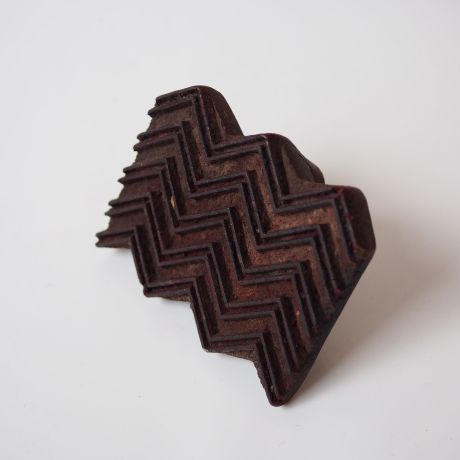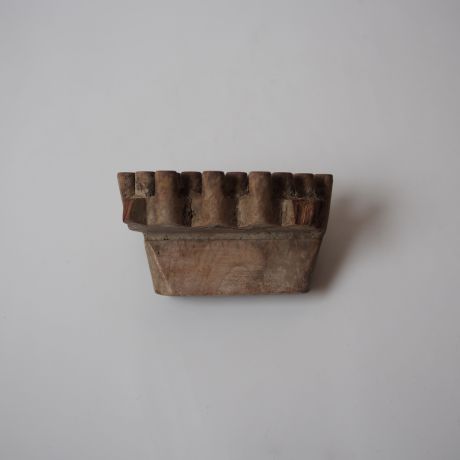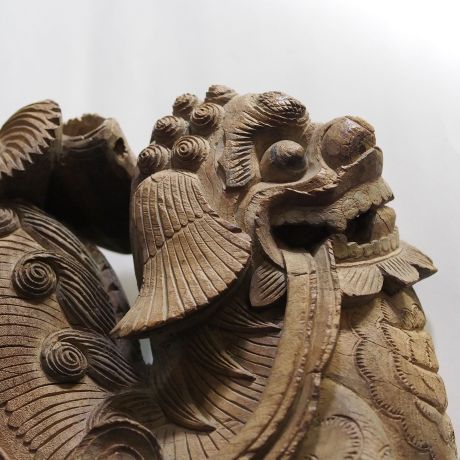
L400xD60xH170mm, China
This is a scene from the opera “Mu Gui Ying Takes Command”. The story was set in North Sung dynasty, the Yang were a family mighty warriors, up to the grand mother to the young grandson, fought loyally for their country with many of them killed in the war. On the day while the family was preparing for Yang Zongbao’s birthday came the bad news – Yang was killed in the field. The family decided to go for seek for his revenge, grandma She Sai Hua was reluctant to send away her grandson Yang Wenguang, for all the male in the family has died, her husband all all her 10 sons. Mu Gui Ying, the wife of Zongbao and mother of Wenguang tested her son to see if he is good enough to go to war and it turned out he is a good fighter, so the Mu Gui Ying took command and went to war with her son.
In the wood carving, on the right is Mu Gui Ying on the horse with Yang Wenguang on the horse on the left, the other female of the family were out to see them off.

















